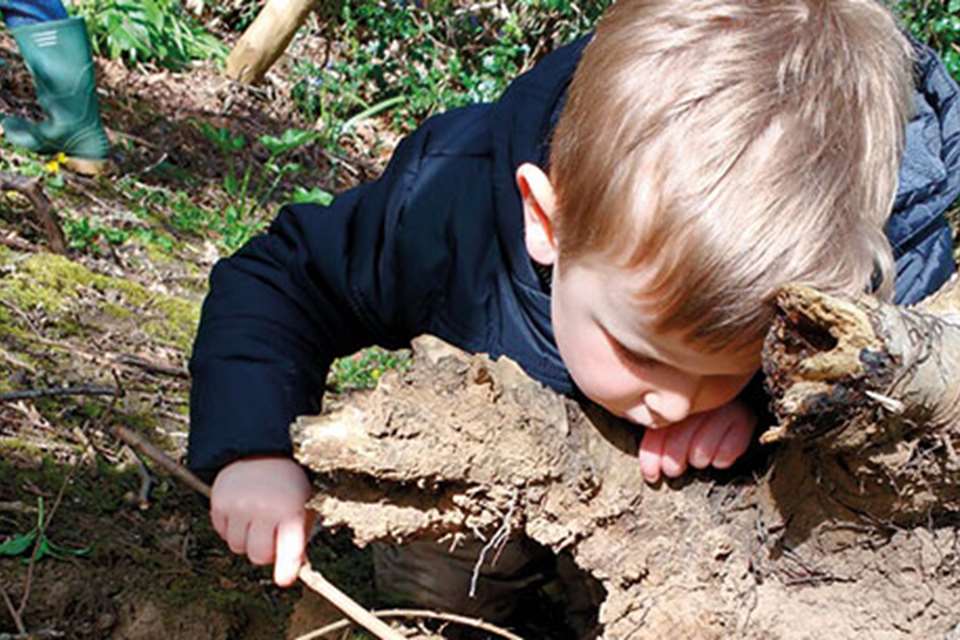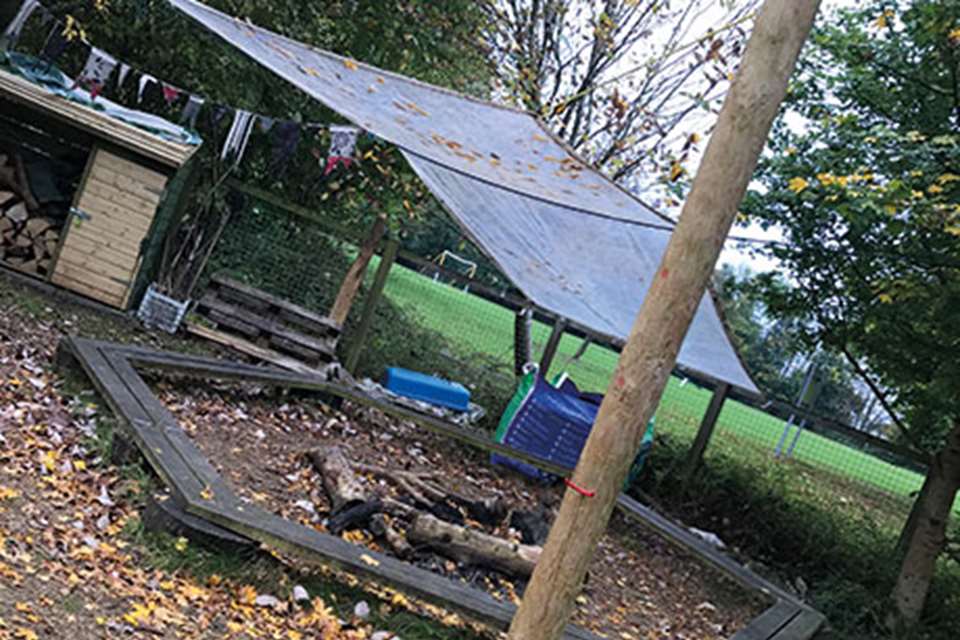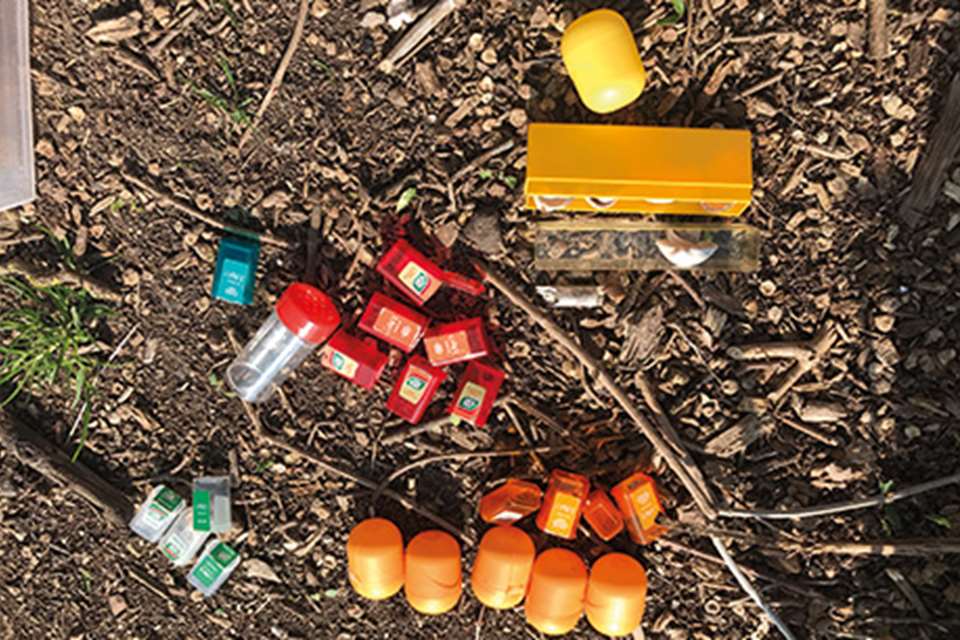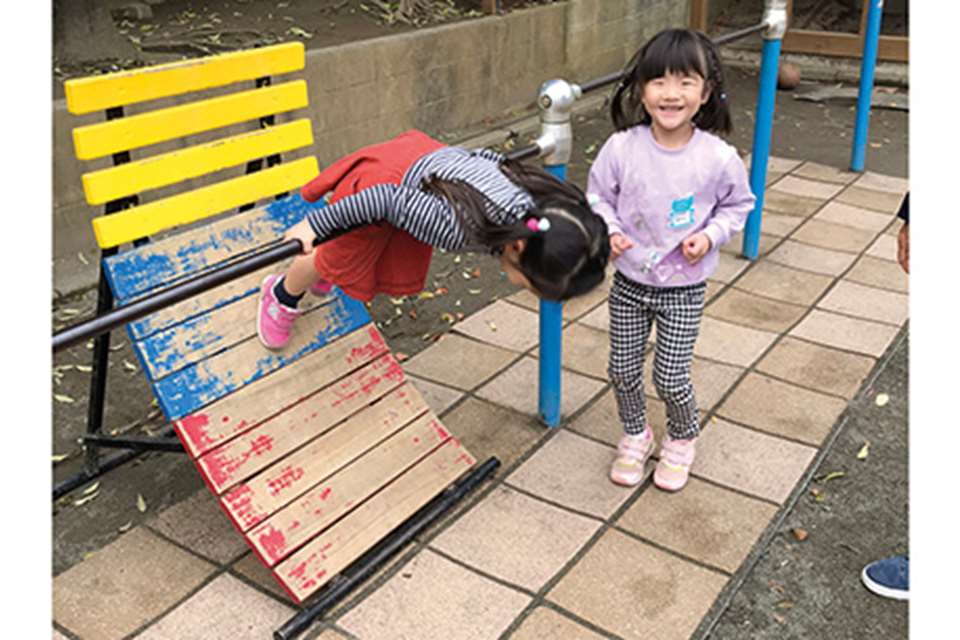EYFS Activities: Five ways to engage… A very active child
Julie Mountain
Monday, May 27, 2019
Satisfying energetic children, from mini-parkour to watering the plants. By Julie Mountain

Download the PDF of this article
Satisfying a child with oodles of energy can be exhausting in itself; yet all young children need to be outdoors and active every day – and the British Heart Foundation recommends at least three hours of energetic activity every day.
1 GYM/MINI-PARKOUR
Mark out a gym or mini-parkour route around the garden, highlighting locations where the very physical child can stretch, jump, bounce, roll, crawl, balance and pull up – use simple laminated labels to identify each ‘station’. Very active children will appreciate opportunities for progressive challenge, so plan movements which, over time, can be become more complex, or faster or require more strength or energy.
Parkour is a balletic sport that ‘occupies’ its space, so mini-parkour should include bounding over tables and benches, leaping obstacles and clambering through shrubs. Frequent practice will create a flowing, speedy sequence of moves.
2 STRESS-BUSTING STRETCHES
There are many reasons why a child might demonstrate excitable or aggressive movements, but these behaviours can be a manifestation of stress. Learning to relax is an important coping strategy, and doing so outdoors is especially beneficial. Fresh air increases oxygen supply, reduces cortisol levels and provides Vitamin D from the sun.
Learn some simple stretching, yoga or tai-chi exercises that are safe for children to do outdoors – there are plenty of good-quality online tutorials. Taking time out each morning to perform a group routine is an excellent way to introduce these techniques to the very active or stressed child, so they can call upon them if needed during the day.
3 ROPE SWING
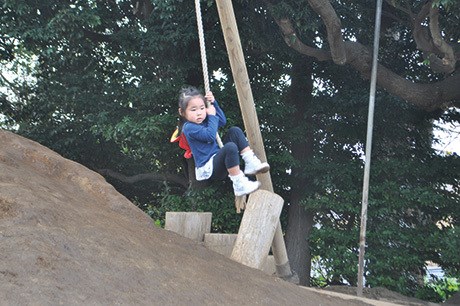 Swinging – the ‘whoosh’ of Jasmine Pasch’s Boing Whoosh RolyPoly! approach – is a vital element in the development of a healthy vestibular system.
Swinging – the ‘whoosh’ of Jasmine Pasch’s Boing Whoosh RolyPoly! approach – is a vital element in the development of a healthy vestibular system.
Rope swings can be adapted easily to increase or decrease the challenge. For example, you can raise or lower the height from the ground; provide a single, central anchor point on the seat rather than two (makes balancing more difficult); or change to a tyre or large knot as a seat.
Use good-quality rope, and if hanging the swing from a tree, check the branch is strong and that the swing won’t hit the trunk. See Monkey-Do’s excellent guidance at: tinyurl.com/ropeswings.
4 BIKES AND TRIKES
Bikes and trikes can pose their own problems in confined outdoor spaces, but managing their use will help energetic children develop their strength and co-ordination:
Provide a variety of vehicles, but perhaps limit the type available at any one time, and ensure there are times when other forms of play can shape the outdoor space.
Generate a different route or road layout each time bikes and trikes are out, using chalk, ropes, cones and obstacles.
Recruit your very physical children to transport resources around the garden on bikes and trikes during set-up and packaway time. If you don’t have trailers, build some with the children, using other wheeled vehicles and objects.
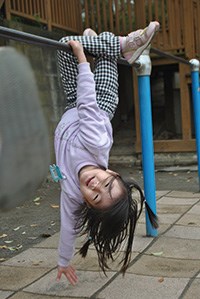 5 PERMISSION TO MOVE
5 PERMISSION TO MOVE
A wriggly child who can’t sit still on the floor or at a table needs more movement, not less. Give your very active children ‘permission’ to move – and vitally, make a noise when doing so. Regular movement and noise breaks will improve children’s focus on their more cerebral tasks.
Harness lively children’s energy and delegate responsibility for tasks around the setting, which will break up sedentary periods – for example, watering the garden at a set time, clearing away loose parts or filling bird feeders.
And another thing…
Free time in nature has been proven to have a beneficial, restorative effect for children with an ADHD diagnosis. Ensure your outdoors offers all children opportunities for connecting with the natural world: provide digging places, trees to climb, shrubs to hide in and grassy mounds to roll down.
Build wildlife habitats and bird feeders and consider acquiring rabbits, chickens or other small animals and giving children responsibility for their well-being.


